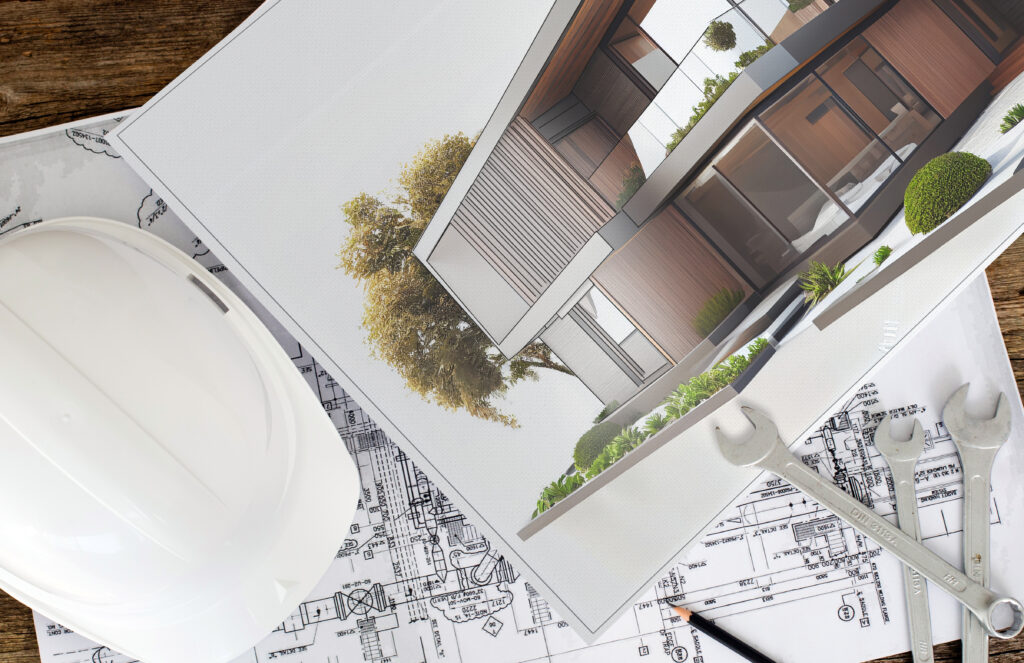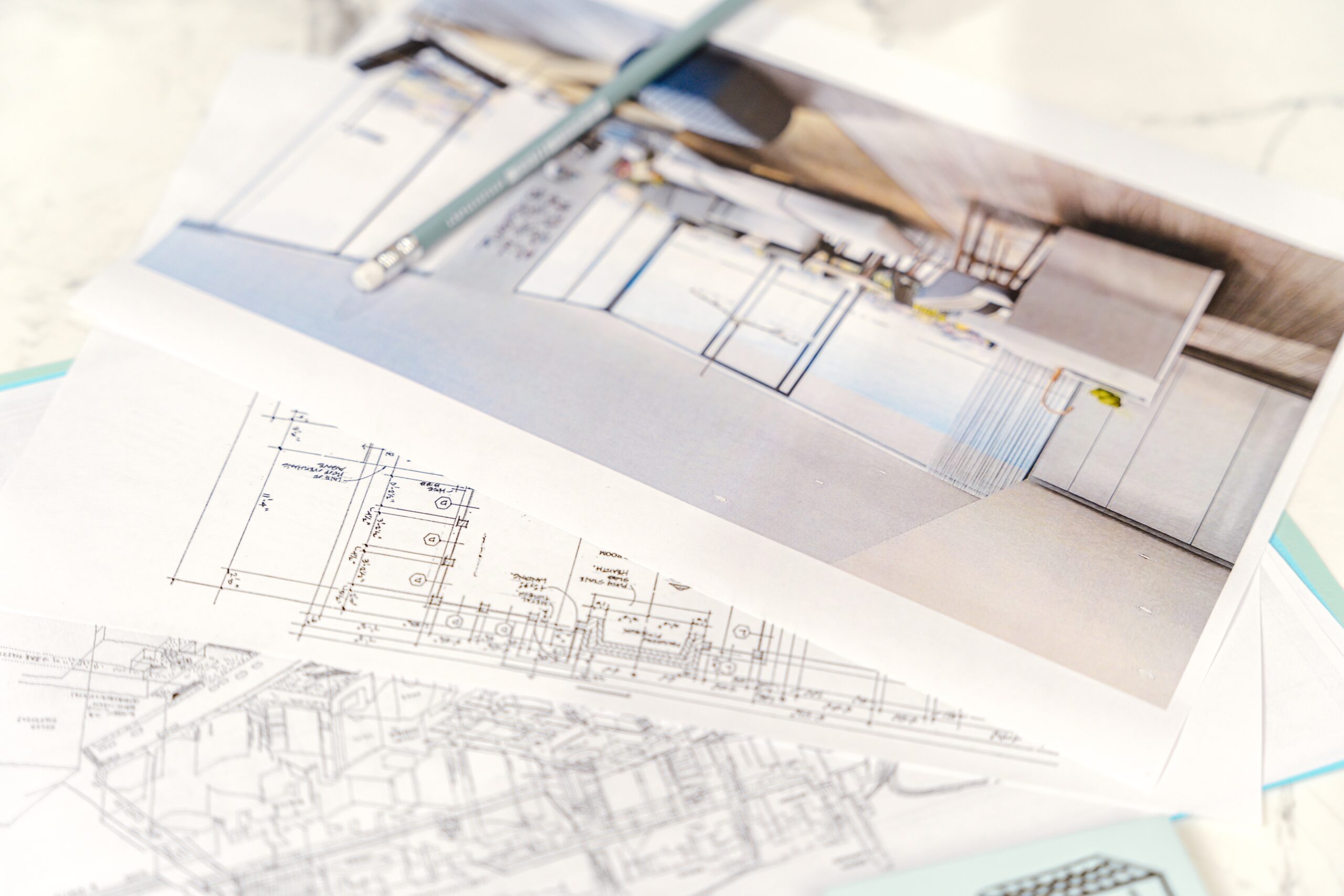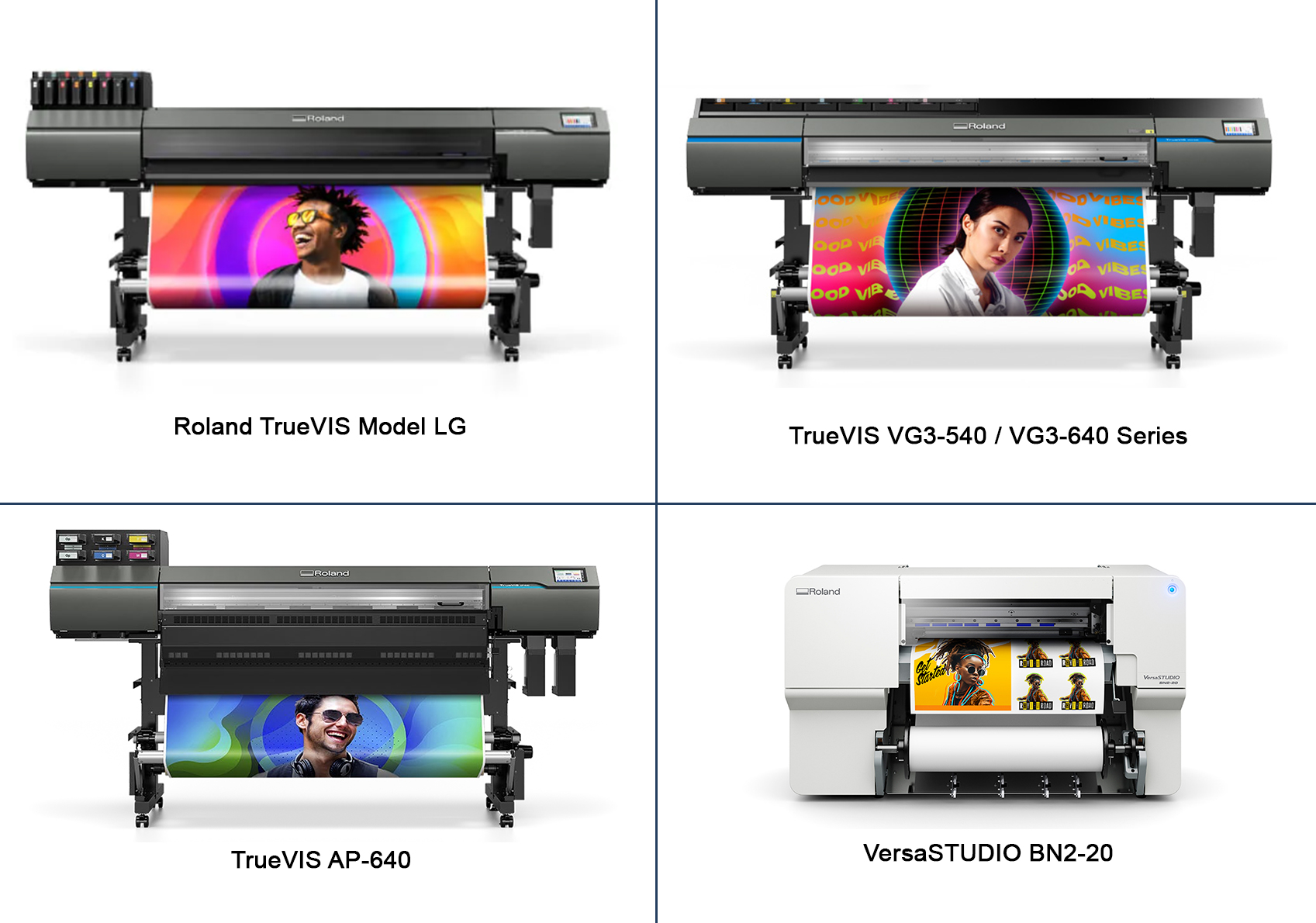
The Role of Printers in Architectural Renderings
Architectural renderings serve as the bridge between the abstract concepts of design and the tangible reality of construction. These visual representations breathe life into blueprints, allowing architects, designers, and clients to glimpse the future structures before they are even built. In today’s fast-paced world of architecture and design, the ability to accurately depict intricate details, materials, and lighting is paramount. This is where the synergy between architectural renderings and printers comes into play.
For architects and designers, the art of creating compelling architectural renderings has evolved significantly. However, the pinnacle of the rendering process is achieved when these digital designs are translated into tangible prints. Large-format printing, with its precision and ability to reproduce intricate details, play a pivotal role in bringing these renderings to life. From intricate facades and intricate interiors to landscapes that capture the play of light and shadow, printers allow architects and their clients to interact with the design on a more intimate and tangible level.
This article delves into the symbiotic relationship between printers and architectural renderings. We’ll discuss the critical role printers play in the translation of digital renderings into print, emphasizing the impact on decision-making, communication, and presentation.
What is Architectural Rendering?
Architectural rendering is the process of creating visual representations or images of architectural designs, often in a 2D or 3D format. These renderings are used to convey the intended appearance and features of a building, interior space, or landscape before the actual construction takes place. Architects, designers, and clients rely on architectural renderings to visualize the design concept, understand spatial relationships, assess material choices, and make informed decisions about the final project.
Architectural rendering serves as a powerful communication tool, bridging the gap between abstract ideas and concrete reality. It helps all parties involved to grasp the visual and experiential aspects of a design, enabling more informed discussions and ensuring that the final built structure aligns with the initial vision.
Why is Architectural Rendering Important?
Architectural rendering holds immense importance in the fields of architecture, design, real estate, and construction for several compelling reasons:
- Visualization and Communication: Architectural renderings bring design concepts to life, allowing stakeholders, clients, and investors to visualize the project’s appearance, layout, and aesthetics.
- Design Exploration: Enable architects and designers to explore different design alternatives and experiment with various materials, colours, and spatial arrangements.
- Decision-Making: Provide a tangible understanding of the project’s outcome. This helps us make informed decisions about design elements, modifications, and investments, reducing the likelihood of misunderstandings or costly changes during construction.
- Marketing and Sales: Real estate developers and agents effectively use architectural renderings to market properties and developments.
- Regulatory Approvals: Many architectural projects require regulatory approvals from local authorities. Renderings can illustrate compliance with zoning regulations, building codes, and aesthetic guidelines.
- Time and Cost Savings: Identifying design flaws or inconsistencies early in the design phase can save significant time and costs by preventing costly changes during construction.
- Educational Tool: Architectural students and professionals use it as an educational tool to understand design principles, techniques, and visual storytelling.
How Do Printers Play a Role?
Printers play a pivotal role in bringing architectural renderings to life by transforming digital designs into tangible visual representations. This process involves using advanced printing technologies to produce high-quality, accurate, and detailed prints that showcase the intricacies of architectural projects.
- High-Quality Output: Printers can produce high-resolution and photorealistic prints that accurately depict textures, colours, and details of architectural designs.
- Scale and Proportions: Architects often need to present their designs at various scales to showcase different aspects of the project.
- Material Visualization: Many architectural designs incorporate various materials, finishes, and textures. Printers allow architects to experiment by producing prints that simulate the appearance of real-world materials, enhancing the authenticity of the rendering.
- Client Presentations: Provide a tangible and tactile experience for clients, investors, and stakeholders.
- Portfolio Development: Architects and design firms often compile portfolios of their work to showcase their capabilities to potential clients.
- Model Making: Besides 2D prints, some printers can produce 3D models of architectural designs.
- Iterative Design: Produce multiple iterations of a design quickly and cost-effectively. This iterative process helps refine the design, make adjustments and explore various possibilities before finalizing the project.
- Collaboration and Communication: Facilitate collaboration among project teams, contractors, engineers, and clients.
- Site Analysis: When planning a construction project, architects can print renderings that overlay the proposed design onto site photographs. This visualizes how the structure will fit within the existing environment.
Printers have evolved to accommodate the unique needs of architectural rendering, offering a range of printing options, sizes, and materials. Their role extends beyond reproducing digital images; they serve as tools that enhance communication, visualization, and decision-making in the architectural design process.
Best Printers for Architectural Rendering
Achieving impeccable architectural renderings demands printers that can translate intricate designs into stunning visual representations. The best printers for this task are characterized by their ability to reproduce fine details, intricate textures, and accurate colour gradients. These printers are equipped with advanced inkjet technology that ensures precision and clarity, enabling architects and designers to present their creations with utmost fidelity.
Roland DG Solutions offers some of the best printers for large format printings that produce high-quality prints of architectural rendering:
- TrueVIS VG3 Series Printers Cutters
Combine cutting-edge printing technology with precise cutting capabilities, delivering outstanding graphics and designs with vivid colours and exceptional precision. - Roland VersaSTUDIO BN2 Series Desktop Printer/Cutters
Offers a compact yet powerful solution for high-quality printing and precise cutting, making it perfect for small businesses like architectural firms. - Roland VersaEXPRESS RF-640 Eco-Solvent Printer 64″
Delivers exceptional print quality and speed, making it a versatile choice for large-format printing projects like architectural renderings. - TrueVIS AP-640
Blending the rapid drying and eco-friendly attributes of resin printing. - MG Series UV Printer/Cutters
Offer a seamless blend of UV printing and precise contour cutting capabilities, enabling businesses to produce stunning and durable graphics. - Roland Model LG-640 / LG-540 / LG-300
Designed to deliver high-quality UV printing, allowing architects to produce stunning architectural renderings. - VersaUV LEC2-640 LEC2-330
With its innovative UV ink technology and precision cutting features, this printer offers unparalleled capabilities in producing vibrant, detailed, and tactile renderings on a wide array of materials, including foils, films, and specialty substrates.
With large format capabilities and compatibility with various media, these printers offer the ideal platform for bringing architectural visions to life, making them indispensable tools for professionals in the field.
In the realm of architectural rendering, printers stand as indispensable partners, transforming visions into tangible representations. Their ability to merge creativity with technology ensures that architects and designers can present their projects with accuracy, vibrancy, and impact, contributing to the realization of innovative and captivating architectural designs.
For architecture firms seeking to elevate their rendering capabilities, choosing the right printer is crucial. Explore our range of top-notch printers that are tailored for architectural rendering, and take the first step toward enhancing your presentations and bringing your design visions to life. Contact us today for personalized guidance and discover the perfect printing solution for your architectural endeavours.










